Author: wilrens
-

Terseness
One subject that is foundational if we want to understand the OT better is Hebrew poetry. It is a subject habitually covered in YWAM’s Bible courses, usually in connection with an introduction to the book of Psalms. However, much more of the OT is poetry than merely the Psalms or even the poetry and wisdom…
-

Titus: Structure and Genre
For the 100th time, a report from my learning journey. This issue: Titus – there is more than meets the eye at first sight!
-

Holy
Could you define the word holy? Explain it to someone who is a new believer? The word is like a butterfly: not easy to catch!
-
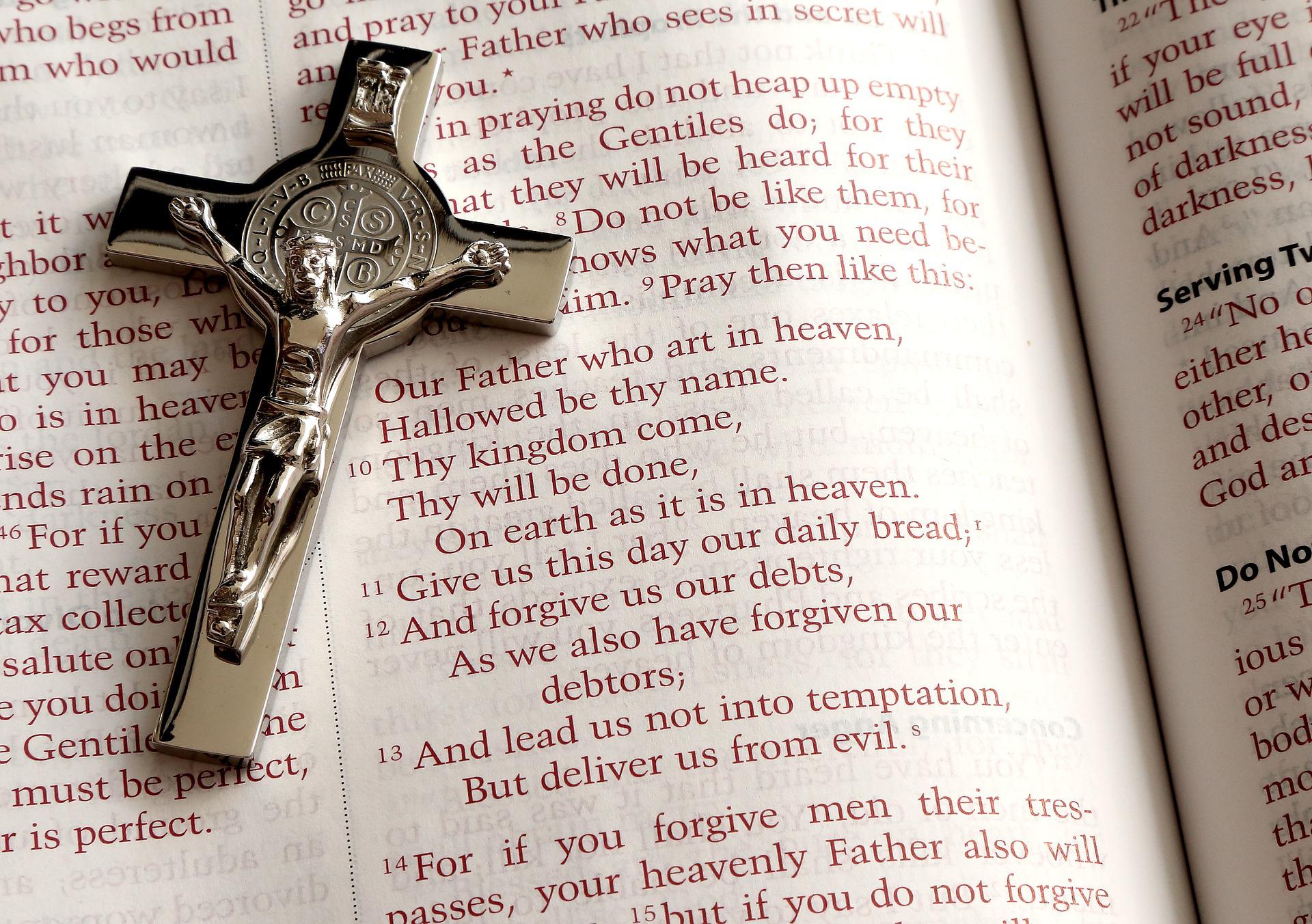
Our Father: A Lecture in Prayer
It is perhaps the most familiar passage in all of Scripture. But what does it mean? If we apply the three basic steps of inductive Bible study, it is amazing what we uncover.
-
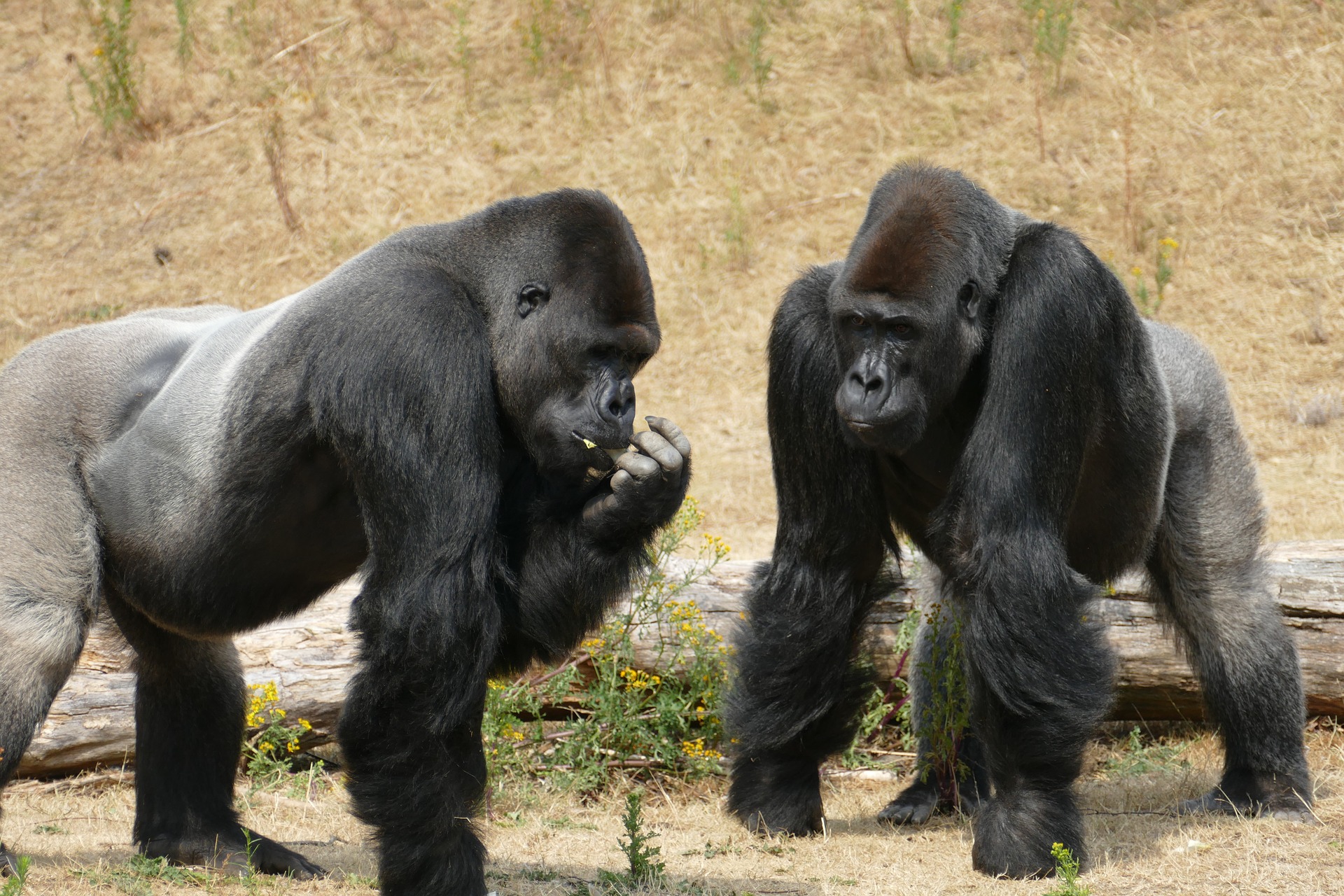
The Two Gorillas of Atonement Theory
More than a year after I completed and published a three-part study of the atonement, here is what I think now: Penal Substitution (PS) needs substantial modification, but Christus Victor (CV; a brief explanation of these two will follow) cannot replace it. Instead of false dichotomies (either/or) and competition between explanations, we need an integrated…
-
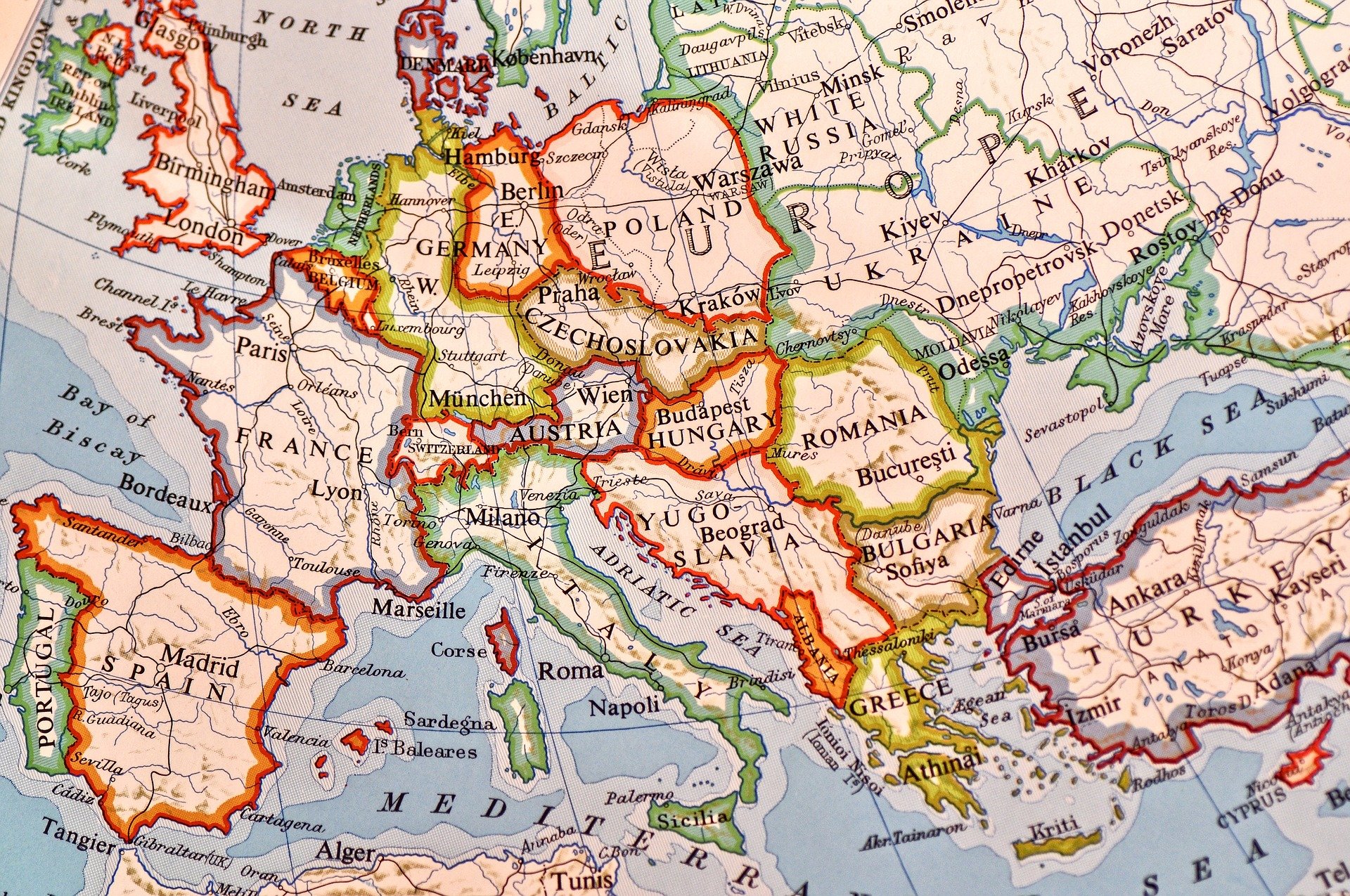
Nahum: Vengeance and Retaliation?
What does an ancient prophet like Nahum have to say about what is happening in our world today? Do we need vengeance?
-

The Gospels and Acts: And the Type of Literature Is …
Not only are Luke and Acts by the same author (you guessed it: Luke), they are also two parts of one piece of writing. How does that change our view of Luke’s gospel?
-

Ezekiel’s Final Vision
It is one of the strangest portions of the Old Testament: Ezekiel 40-48. 14 years into the exile, after 12 years of silence, Ezekiel received one more vision. There would be one additional, short prophetic word two years later (Ezek. 29:17-21). However, the vision is far more extensive (nine chapters) and is placed at the…
-

Hebrews: A Masterpiece of Language & Eloquence
Hebrews comes with an unusually large vocabulary and outstanding rhetoric – all plugs pulled to celebrated the superiority of Jesus.
-
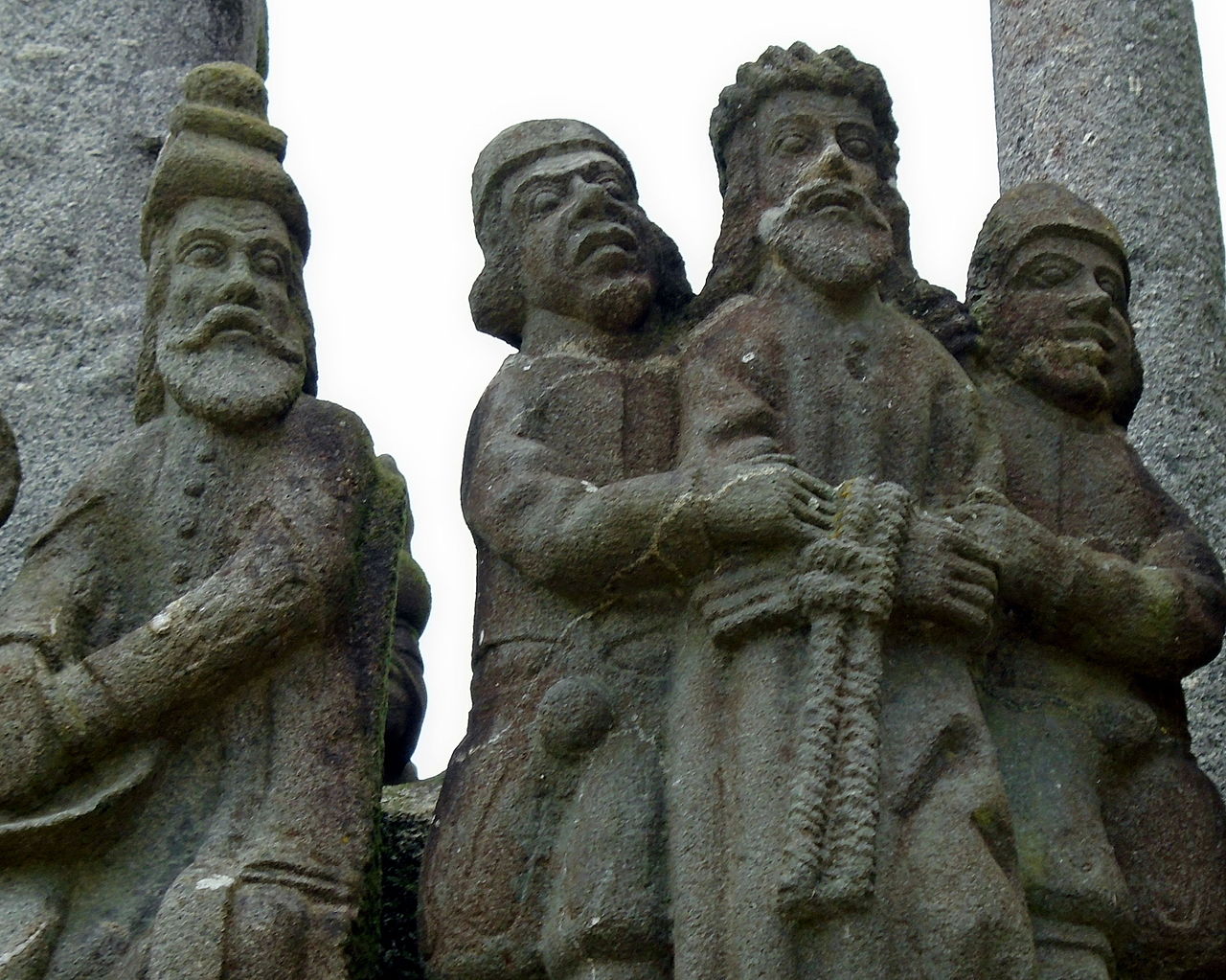
-

Water and the Feast of Tabernacles
What does water have to do with the feast of booths or tabernacles, those seven days in which devout Jewish people live in huts in remembrance of their desert wanderings?
-

Tabernacle Furniture: What Does It Mean?
Most of the furnishings of the tabernacle are not hard to understand. But what is the meaning of the lampstand and of the so-called showbread or ‘bread of the presence’?
-
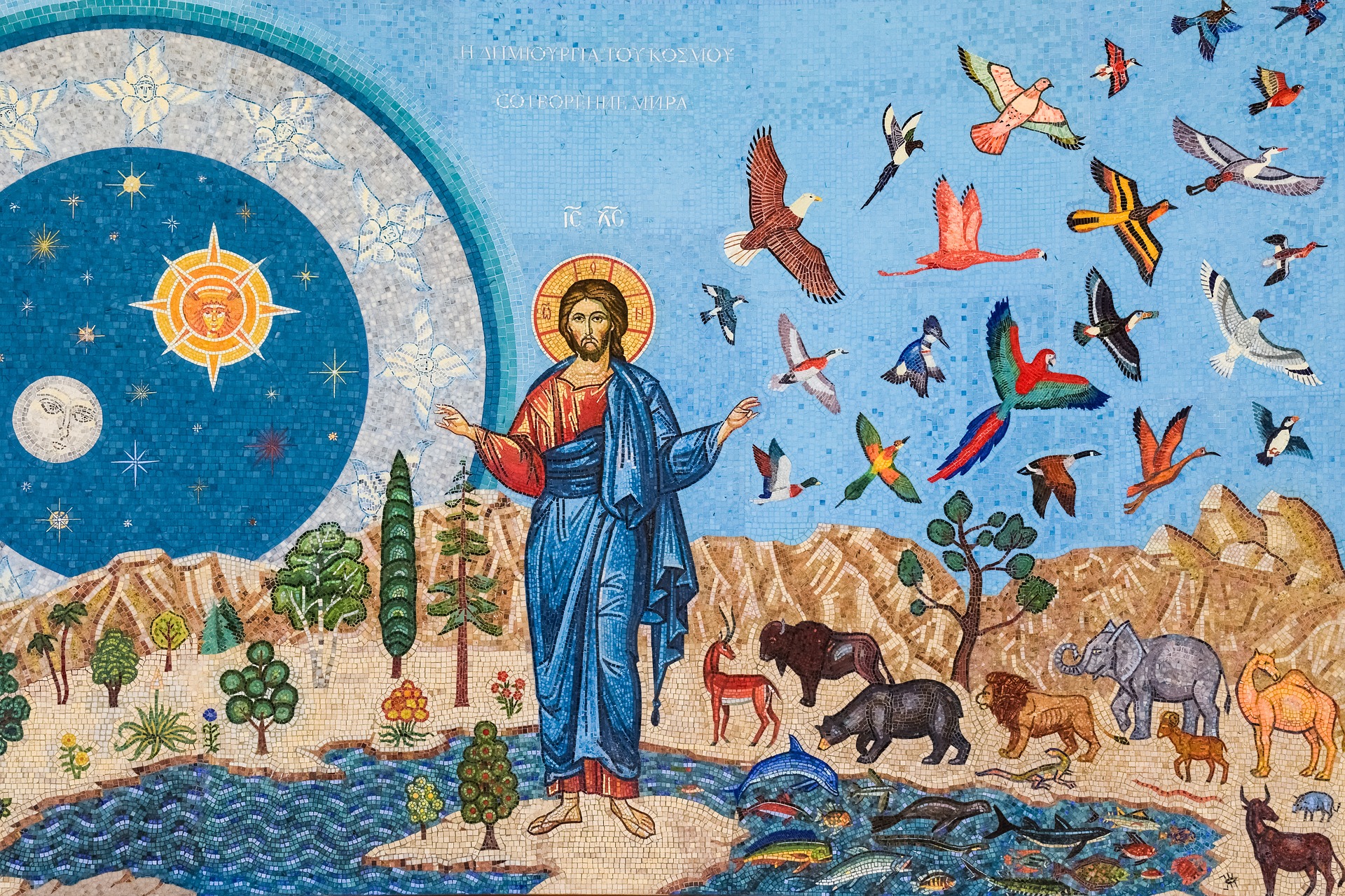
How to Teach the Prophets
To summarize the message of the prophets in two words – is that possible? I think so. It takes two short Hebrew words, one of which I am sure you know. It also needs an additional concept. And, okay, maybe a third word. But then we capture the heart of the matter. You can also…
-

Leviathan & Co.: More Canaanite Mythology in the Hebrew Bible
In this third (and final) look at Canaanite beliefs, we meet a strange array of monsters, such as Leviathan. They also make an appearance in the Hebrew Bible. What do we make of this and of the claim that God, too, had to do battle with creatures like these?
-
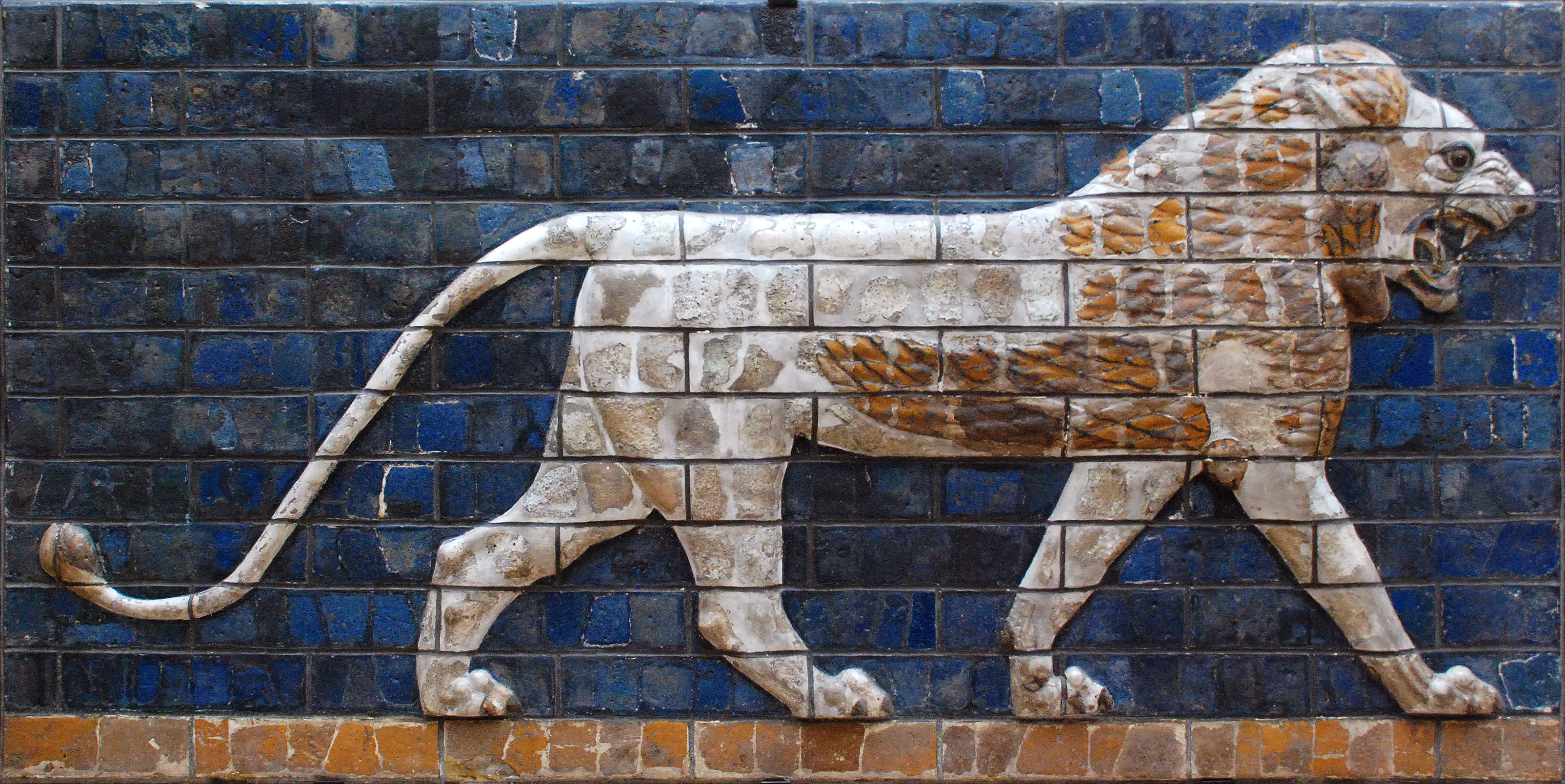
Nebuchadnezzar’s Babylon
How great was Babylon the Great? A brand-new book with awesome illustrations gives us a taste. Have a look! (And download the book at www.zaphon.de.)
-

The Council of El: Canaanite Mythology in the Hebrew Bible?
Although Baal worship is strongly condemned, the Old Testament surprisingly integrates fragments of Canaanite mythology (such as Baal as the rider in the clouds) in its portrayal of the God of Israel. How are we to understand this? And is the so-called divine council one of these fragments or is it something more substantial, as…
-
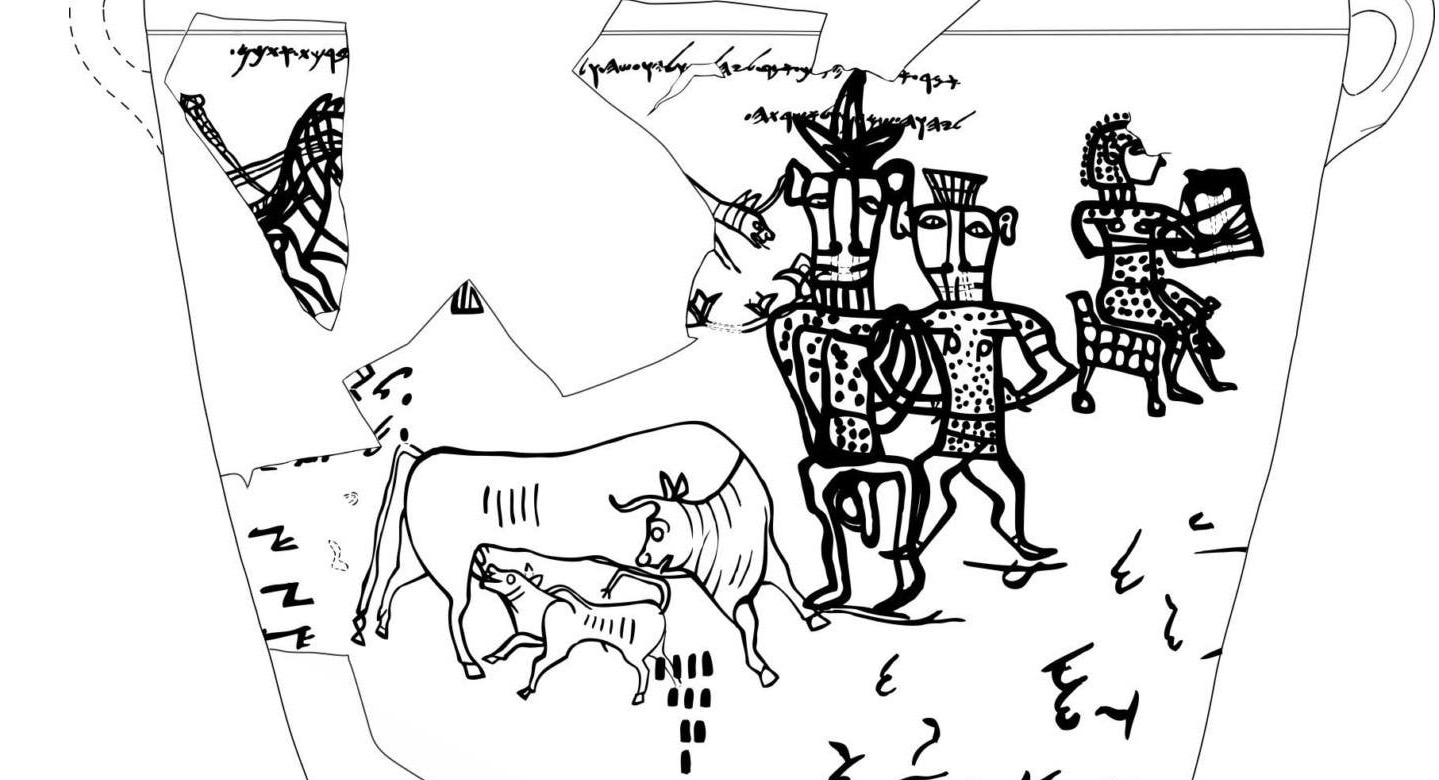
Canaanite Religion in the Bible
Various gods and goddesses of Canaan make their appearance in the Hebrew Bible. It is easy to get confused. In Judges 2:13, for instance, the Israelites serve “the Baals and the Ashtaroth”; in Judges 3:7, they serve “the Baals and the Asheroth”. Ashtaroth and Asheroth – what is the difference? This issue is meant as…
-

Toledot in Genesis – What Are They and Why Do They Matter?
To define the structure of a book, we may have more than one valid option. Sometimes, a different way of looking at it opens new insights into meaning and message. This is certainly true for Genesis. You can also watch this content as a VIDEO PODCAST or listen to it as an AUDIO PODCAST A…
-

A Pilgrimage through the Gospel of John: Grace and Truth
As explained in the previous issue, my pilgrimage through Italy on the Via di Francesco turned into a pilgrimage through the gospel of John, using something akin to the Ignatian approach to Bible meditation. Jesus makes God known; how does he do that? I only offer a small taster. The idea is to whet your…
-
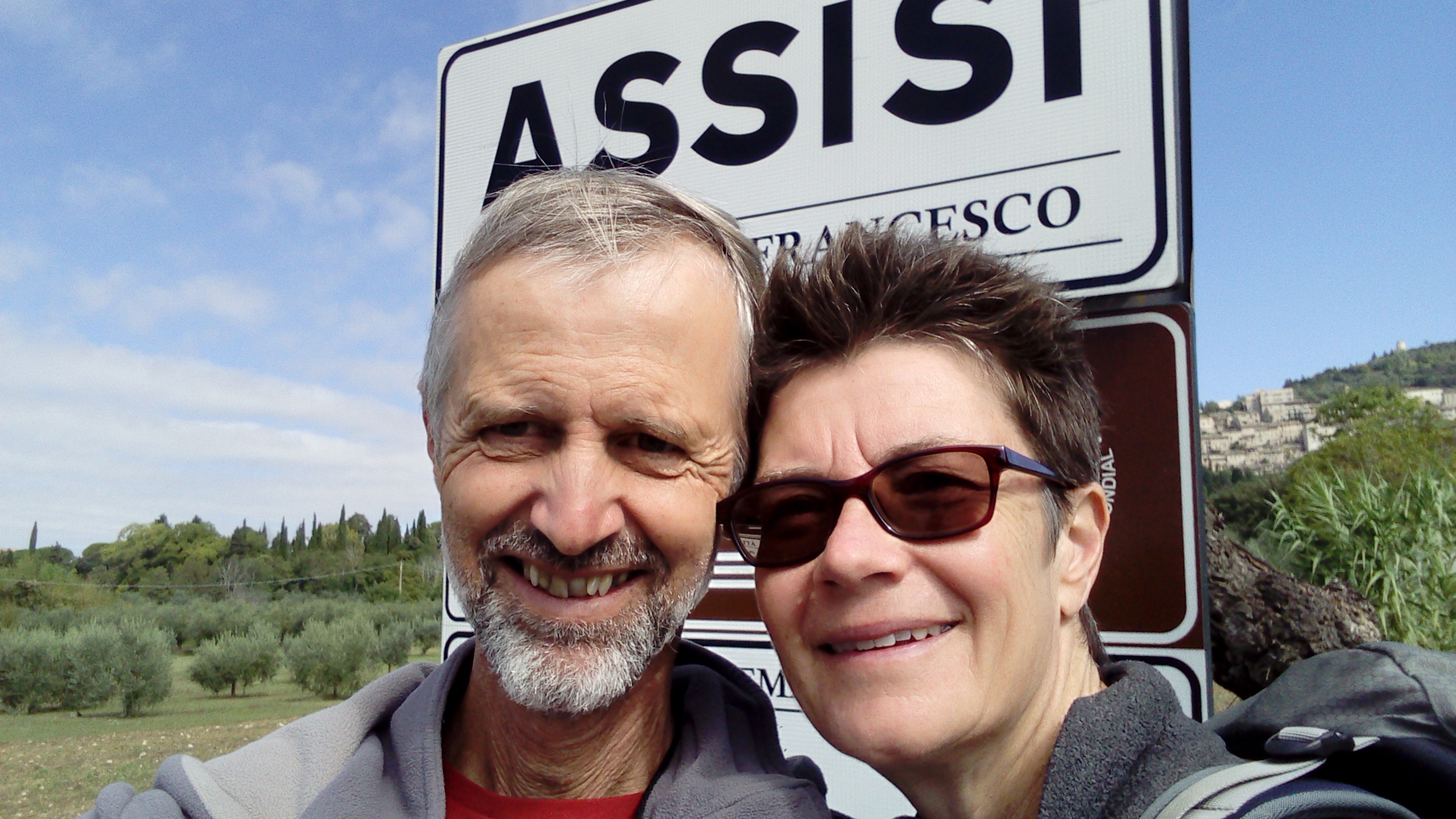
A Pilgrimage through the Gospel of John: How I Got There
The key to understanding the gospel of John is not studying but meditation. At least for me it turned out to be that way. I have always had a hard time getting into this book. It finally opened up to me when I meditated on it rather than studied it. Therefore, after three long and…
-

The Atonement 3: Back to the Church Fathers
Does Christus Victor trump penal substitution? In two previous issues, I began to present images, models, and explanations of the atonement. I have two more models to discuss (first and foremost Christus Victor). I will finish with an ancient but powerful alternative take on the whole question. If you prefer, you can also DOWNLOAD THE…
-

The Atonement 2: Models and Explanations
In the previous issue, I looked at terminology and I introduced five (or six) groups of images or metaphors that illustrate the atonement. It is now time to attempt a more thorough explanation. This is no small endeavour. Studying the atonement makes me feel like I am standing in front of a magnificent building, much…
-
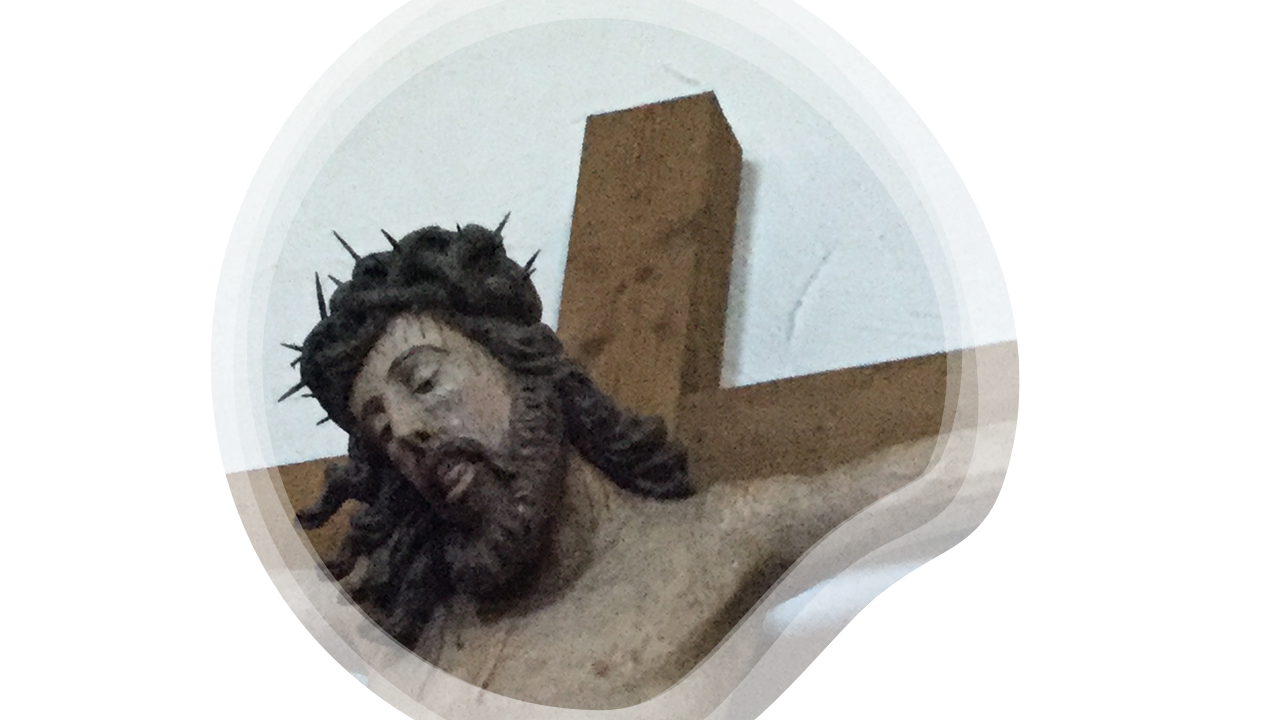
The Atonement 1: Introduction
The atonement: what is it, and how does it ‘work’? This is a big – and beautiful – question, touching on the very heart of salvation: why did Christ die on a Roman cross?
-

Redefinitions II: The Righteousness of God
In the previous issue, I wrestled with objective and subjective genitives and whether the phrase “faith of/in Christ” needs reinterpretation. This month, I do the same with a different phrase, one that is perhaps of even greater importance: “the righteousness of God” in Romans 1:17, in which “God” is in the genitive case. For I…
-
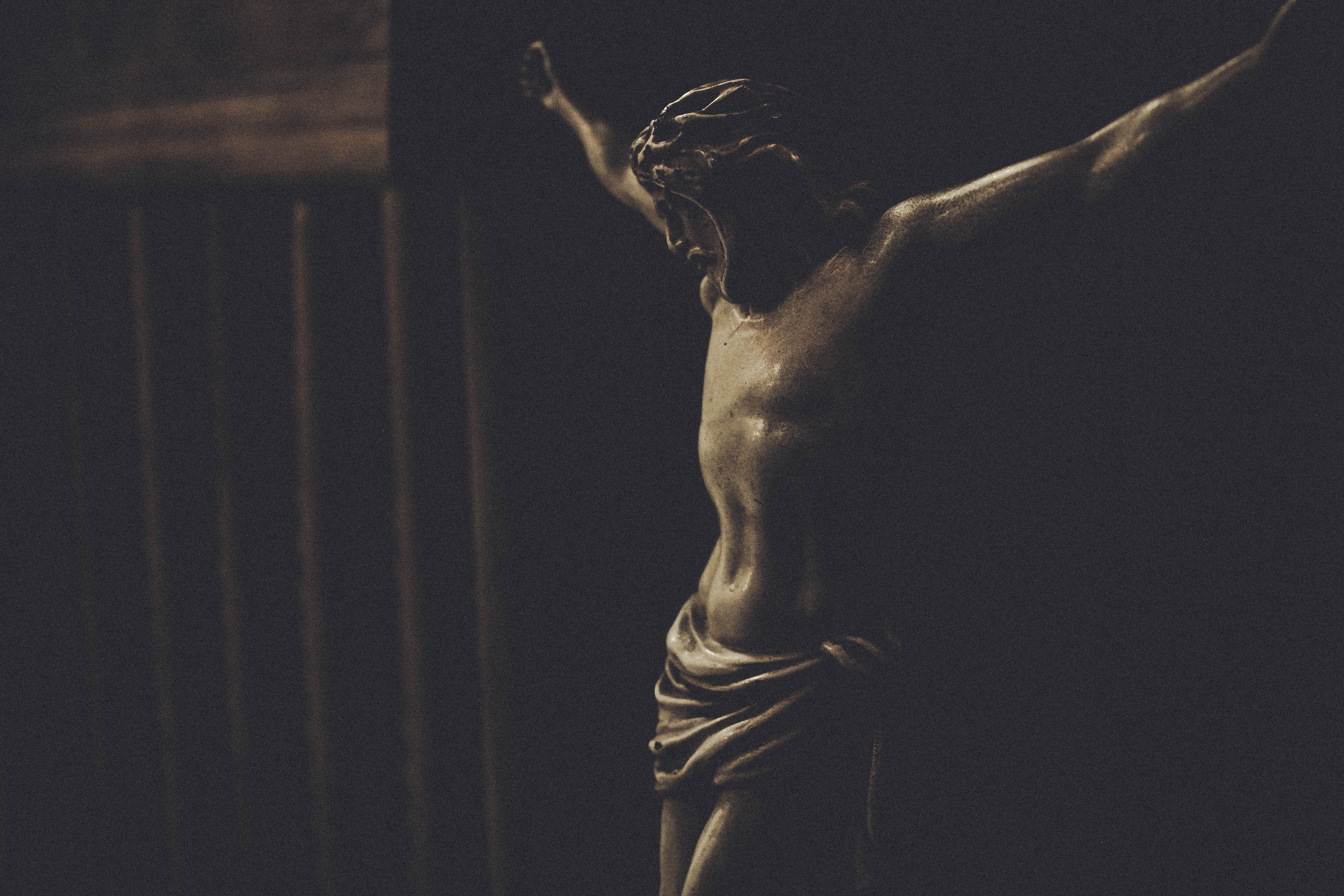
Redefinitions I: Faith or Faithfulness?
I am gearing up to write on models of the atonement: different ways to explain what Christ accomplished by dying on the cross. This is a big topic, and a contested one. Traditional understandings get a lot of flak these days. Rightly or wrongly? We will see. Here, I deal with a much smaller but…